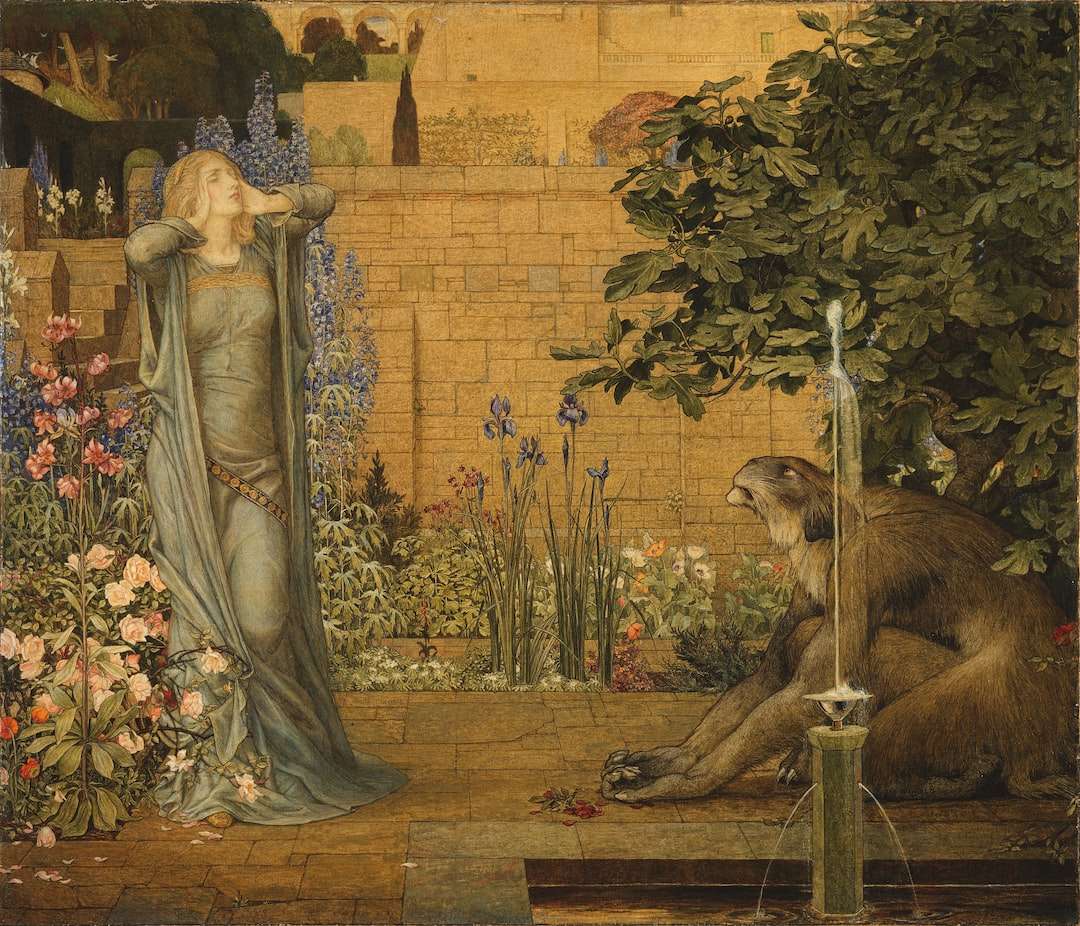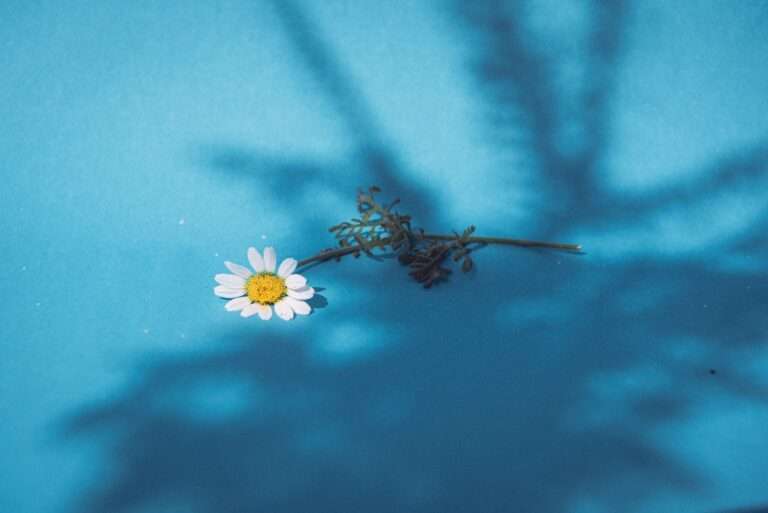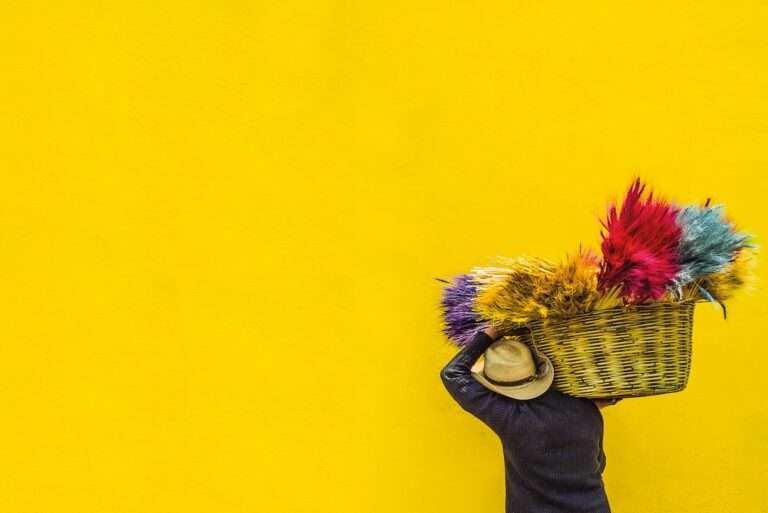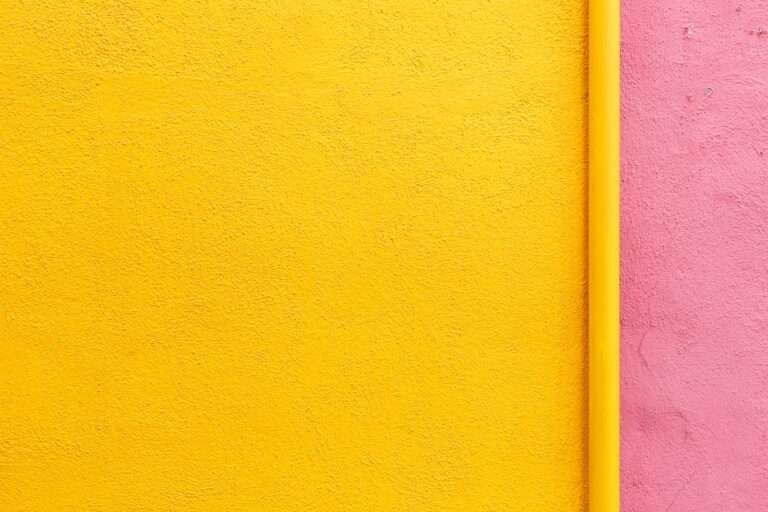The Power of Purple: Exploring the Symbolism of Violet in Art and Culture

Purple is a color that has captivated and intrigued people for centuries. It is a color that is often associated with royalty, spirituality, and creativity. From ancient civilizations to modern art movements, purple has played a significant role in various aspects of art and culture. In this article, we will explore the history, symbolism, psychology, and contemporary use of the color purple.
A Brief History of the Color Purple in Art and Culture
The origins of purple dye can be traced back to ancient civilizations such as the Phoenicians and the Minoans. These civilizations discovered a way to extract a vibrant purple dye from the glands of certain sea snails. This dye, known as Tyrian purple or royal purple, was highly prized and expensive to produce, making it a symbol of wealth and status.
In European history, purple became associated with royalty and nobility. The color was often reserved for the clothing of monarchs and high-ranking officials. This association with power and prestige continued throughout the Middle Ages and Renaissance periods.
In the 19th and 20th centuries, purple emerged as a popular color in various art movements. Artists such as Vincent van Gogh and Henri Matisse used purple in their paintings to evoke emotions and create visual impact. Purple became a symbol of creativity and individuality in these modern art movements.
The Symbolism of Purple in Different Cultures and Religions
Purple holds significant symbolism in different cultures and religions around the world. In Christianity, purple is associated with royalty and spirituality. It is often used during the season of Lent and Advent to represent penance and preparation for the coming of Christ.
In Buddhism, purple represents transformation and spiritual growth. It is often associated with the highest level of consciousness, symbolizing enlightenment and wisdom.
In Hinduism, purple is associated with wealth, power, and prosperity. It is often used in religious ceremonies and rituals to invoke blessings and good fortune.
In different parts of the world, purple holds cultural associations. In Thailand, purple is traditionally worn during mourning periods. In China, purple is considered a color of prosperity and is often associated with the emperor.
The Psychology of Purple: Understanding its Impact on Emotions
Purple has a unique impact on our emotions and behavior. It is often described as a color that combines the calmness of blue with the energy of red. This combination creates a sense of balance and harmony.
Purple is known to have a calming effect on the mind and body. It can help reduce stress and anxiety, promoting a sense of relaxation and tranquility. Purple is also associated with creativity and imagination, making it a popular choice for artists and designers.
In color therapy and psychology, purple is often used to stimulate creativity and promote spiritual growth. It is believed to enhance intuition and psychic abilities, making it a color that is often associated with spirituality and mysticism.
Purple in Fashion: From Royalty to Modern Trends
Purple has a long history in the world of fashion. In ancient times, purple was reserved for royalty and nobility due to its rarity and expense. It was often used in the clothing of kings, queens, and high-ranking officials.
In modern times, purple has become more accessible and is used in various fashion trends and styles. It is often associated with luxury, sophistication, and creativity. Purple is a versatile color that can be used in both formal and casual attire.
Designers often use purple in their collections to add a touch of elegance and uniqueness. Purple dresses, suits, and accessories are popular choices for special occasions such as weddings and red carpet events.
The Role of Purple in Gender and Sexuality

Purple has long been associated with femininity and LGBTQ+ identities. In Western culture, purple has been traditionally associated with femininity due to its association with royalty and elegance. It is often used in women’s fashion and beauty products.
In recent years, purple has also become a symbol of LGBTQ+ pride and visibility. The color purple is often used in LGBTQ+ flags and symbols to represent diversity and inclusivity. Purple is seen as a color that transcends traditional gender norms and embraces individuality.
Purple is also used in gender-neutral and non-binary fashion and design. It is a color that can be worn by anyone, regardless of their gender identity. Purple is often used to challenge traditional notions of gender and promote acceptance and equality.
Purple in Literature: Examining its Use in Poetry and Prose
Purple has been used symbolically in literature for centuries. It is often associated with royalty, spirituality, and passion. In poetry and prose, purple is used to evoke emotions and create vivid imagery.
Famous literary works that feature the color purple include “The Color Purple” by Alice Walker, which explores themes of race, gender, and identity. The title itself suggests the significance of the color in the story.
In William Shakespeare’s play “Macbeth,” the character Lady Macbeth famously says, “Look like the innocent flower, but be the serpent under it.” This line suggests the duality of purple as a color that can be both beautiful and deceptive.
The Significance of Purple in Art Movements and Styles
Purple has played a significant role in various art movements and styles throughout history. In Impressionism, artists such as Claude Monet used purple to capture the fleeting effects of light and atmosphere. Purple was often used to depict shadows and reflections.
In Surrealism, artists such as Salvador Dali used purple to create dreamlike and fantastical landscapes. Purple was often used to represent the subconscious mind and the realm of imagination.
In Art Nouveau, purple was used to create intricate patterns and designs. The color was often combined with gold and other vibrant colors to create a sense of opulence and luxury.
In Art Deco, purple was used to create bold and geometric designs. The color was often used in combination with black and white to create a striking contrast.
Purple in Music: The Influence of the Color on Songwriting and Performance
Purple has had a significant influence on music, both in terms of songwriting and performance. Many songs and albums feature the color purple in their lyrics and artwork.
Prince, a legendary musician known for his flamboyant style and unique sound, often incorporated purple into his music and performances. His album “Purple Rain” is considered one of his most iconic works.
Purple is also associated with musical genres and styles such as psychedelic rock and funk. These genres often embrace creativity, individuality, and self-expression, which are qualities often associated with the color purple.
The Use of Purple in Advertising and Marketing
Purple is often used in advertising and marketing due to its association with luxury, sophistication, and creativity. It is a color that can capture attention and create a sense of intrigue.
Many luxury brands use purple in their branding and packaging to convey a sense of exclusivity and elegance. Purple is often associated with high-quality products and services.
In marketing campaigns, purple is often used to create a sense of excitement and anticipation. It is a color that can evoke emotions and create a memorable impression.
Exploring the Contemporary Use of Purple in Pop Culture and Media
Purple continues to be prevalent in contemporary media, including film, television, and social media. In film and television, purple is often used to create a sense of mystery, magic, or otherworldliness. It is a color that can transport viewers to different realms or evoke a sense of nostalgia.
In social media, purple is often used to represent creativity, individuality, and self-expression. Many influencers and content creators use purple in their branding and aesthetics to create a cohesive and visually appealing feed.
The meaning and associations of purple in popular culture are constantly evolving. Purple is a color that can be interpreted in different ways by different people, making it a versatile and dynamic color in contemporary media.
Purple is a color that has had a significant impact on various aspects of art and culture throughout history. From its origins in ancient civilizations to its use in modern art movements, purple has been associated with royalty, spirituality, creativity, and individuality.
The symbolism, psychology, and contemporary use of purple continue to fascinate and inspire people around the world. Whether it is used in fashion, literature, music, or advertising, purple has a unique ability to evoke emotions and create a lasting impression.
As we continue to explore the significance of color in our lives, purple remains a color that captivates and intrigues us. Its enduring appeal and continued relevance in modern times are a testament to the power of color in shaping our perceptions and experiences.
If you’re interested in exploring the symbolism of violet, you may also find the article on the symbolism of the moon fascinating. The moon has long been associated with mystery, intuition, and feminine energy. Discover how its symbolism intertwines with the color violet and delve deeper into the hidden meanings behind these powerful symbols. To learn more, check out https://symbolismhub.com/what-does-the-moon-symbolize/.
FAQs
What is violet symbolism?
Violet symbolism refers to the use of the color violet or purple to represent certain ideas, emotions, or concepts in art, literature, religion, and culture.
What does the color violet symbolize?
The color violet is often associated with royalty, luxury, power, and ambition. It can also symbolize spirituality, wisdom, creativity, and mystery.
What are some cultural references to violet symbolism?
Violet symbolism can be found in various cultures and traditions. For example, in Christianity, violet is used to represent penance, humility, and preparation for the coming of Christ. In Hinduism, violet is associated with the crown chakra, which represents spiritual enlightenment. In Western culture, violet is often used to represent the LGBT community.
What are some famous works of art that use violet symbolism?
Many famous works of art use violet symbolism, such as Vincent van Gogh’s “Starry Night,” which features a prominent violet sky. Gustav Klimt’s “The Kiss” also uses violet tones to convey a sense of passion and intimacy.
What are some common phrases or expressions that use violet symbolism?
Some common phrases or expressions that use violet symbolism include “purple prose,” which refers to overly flowery or exaggerated writing, and “purple patch,” which refers to a period of success or good fortune. The phrase “purple heart” is also used to refer to a military decoration awarded to soldiers wounded or killed in combat.





